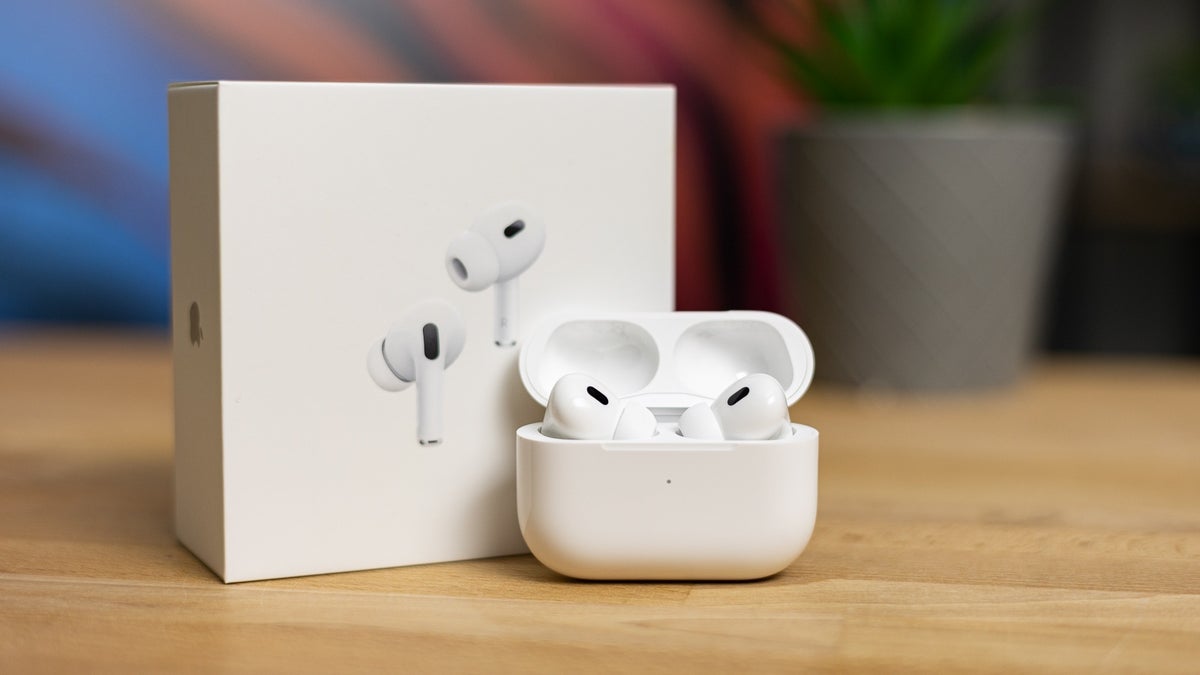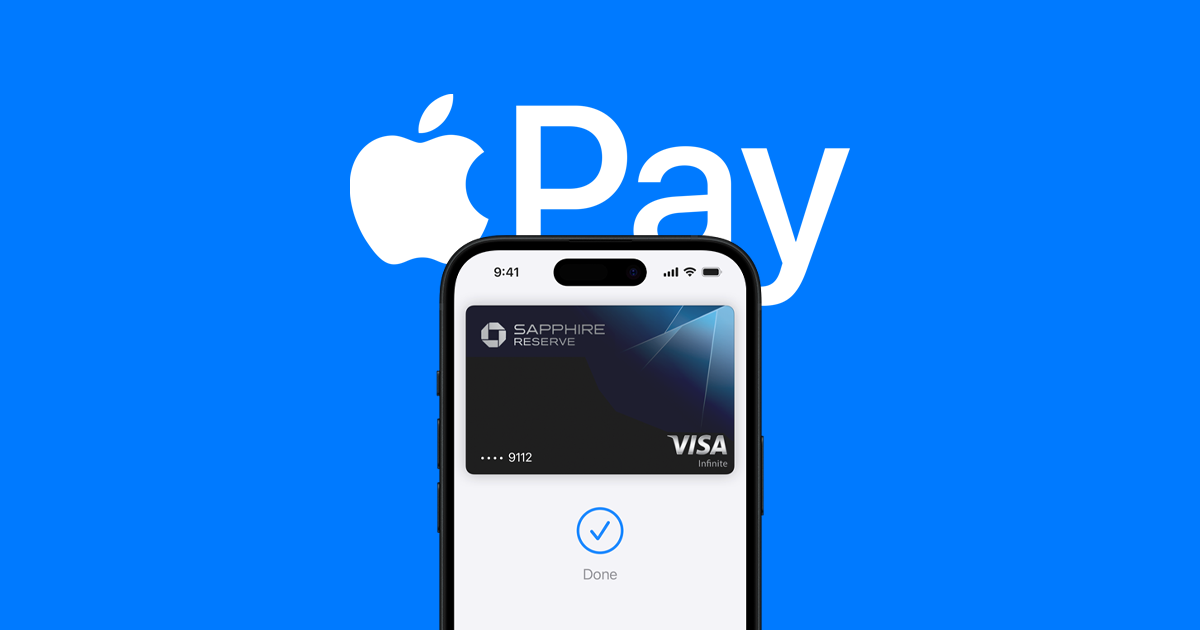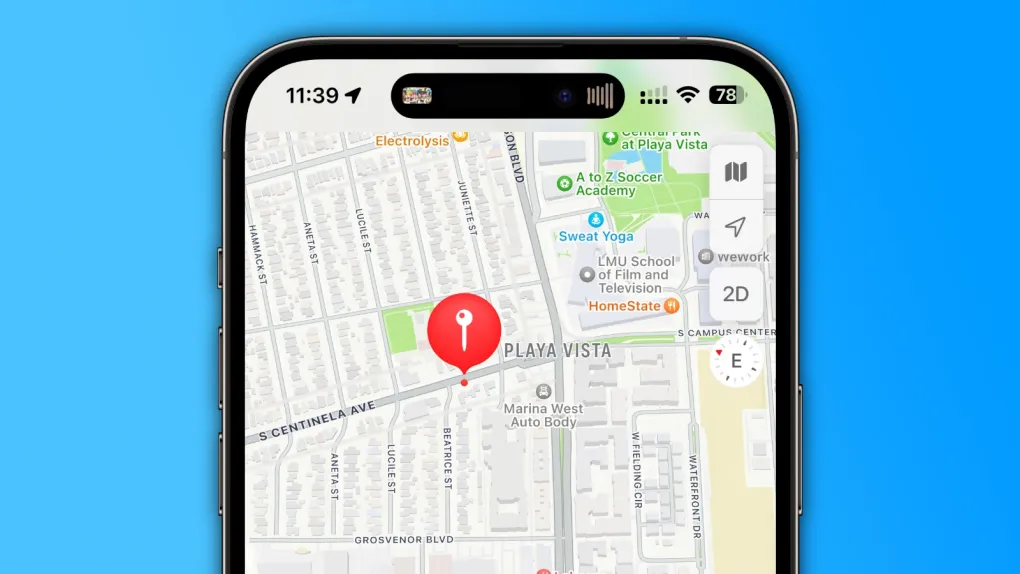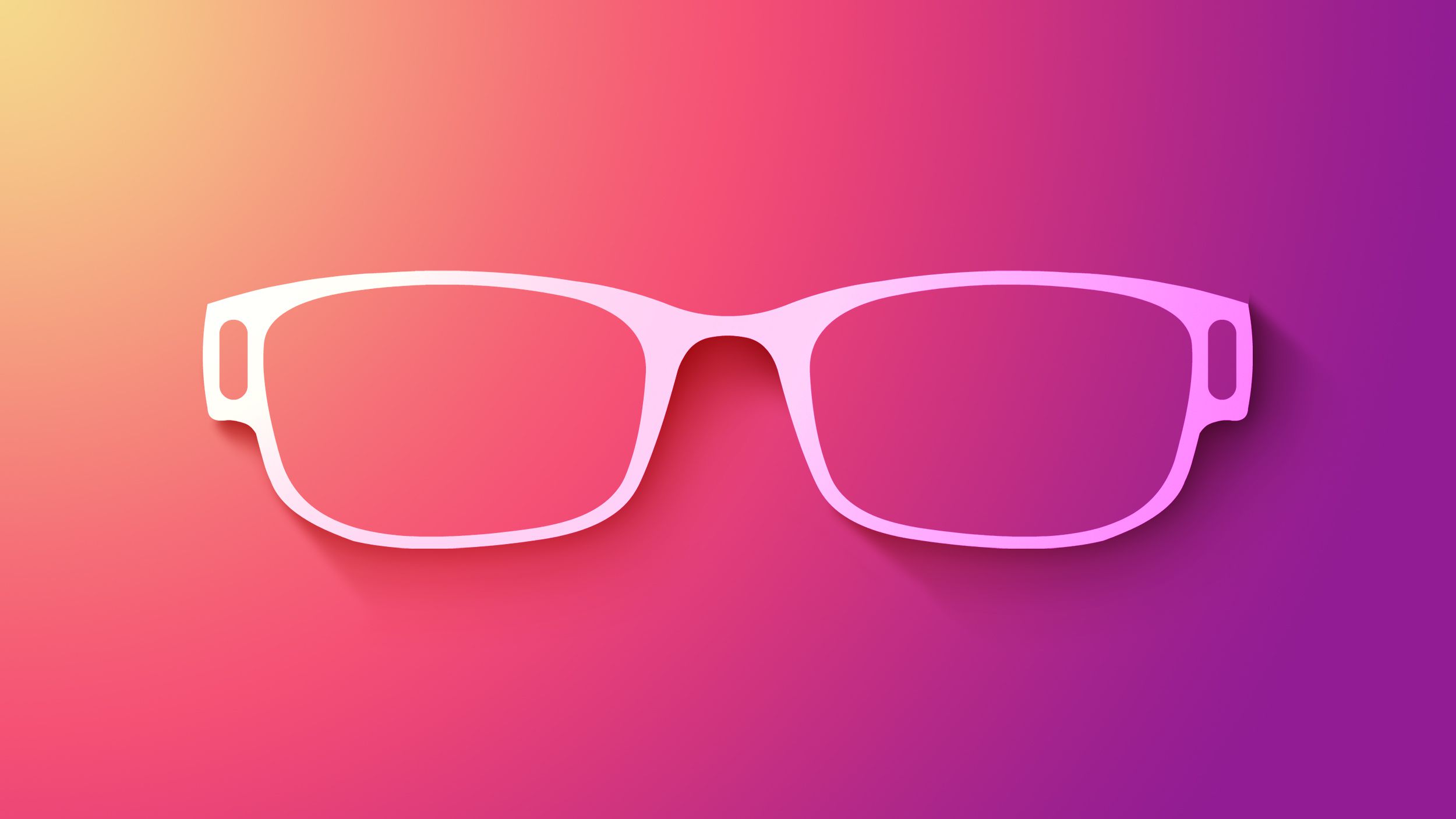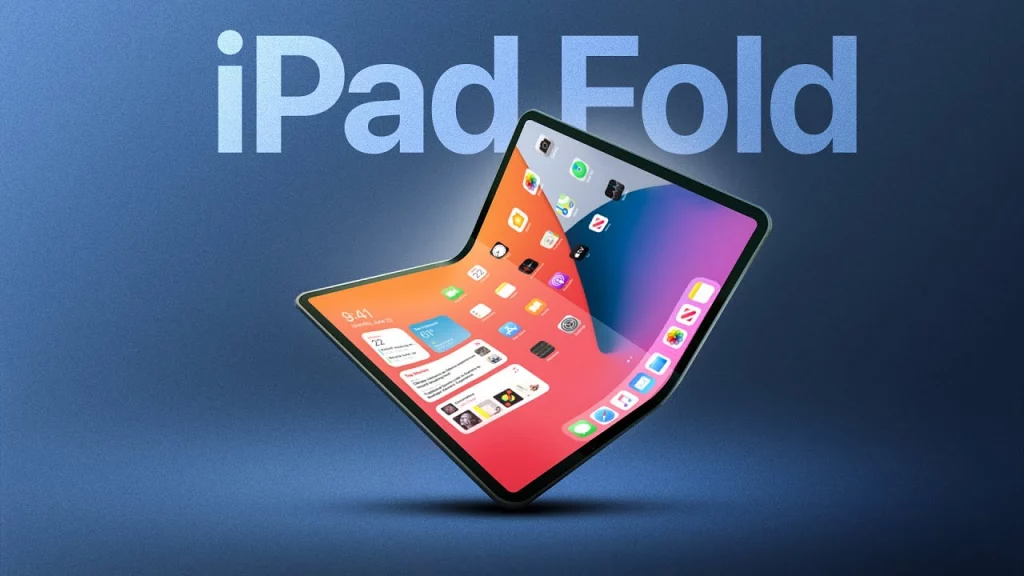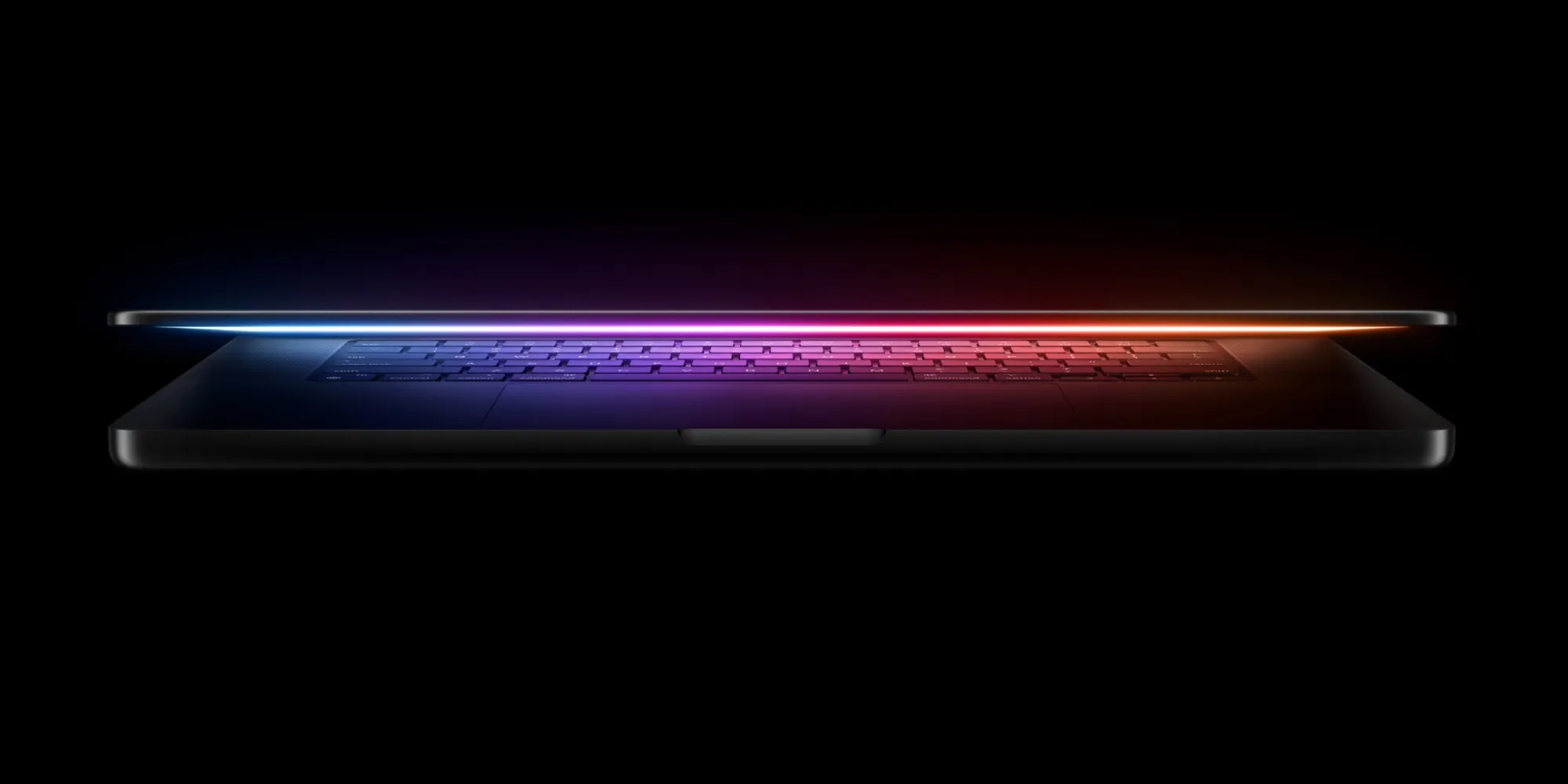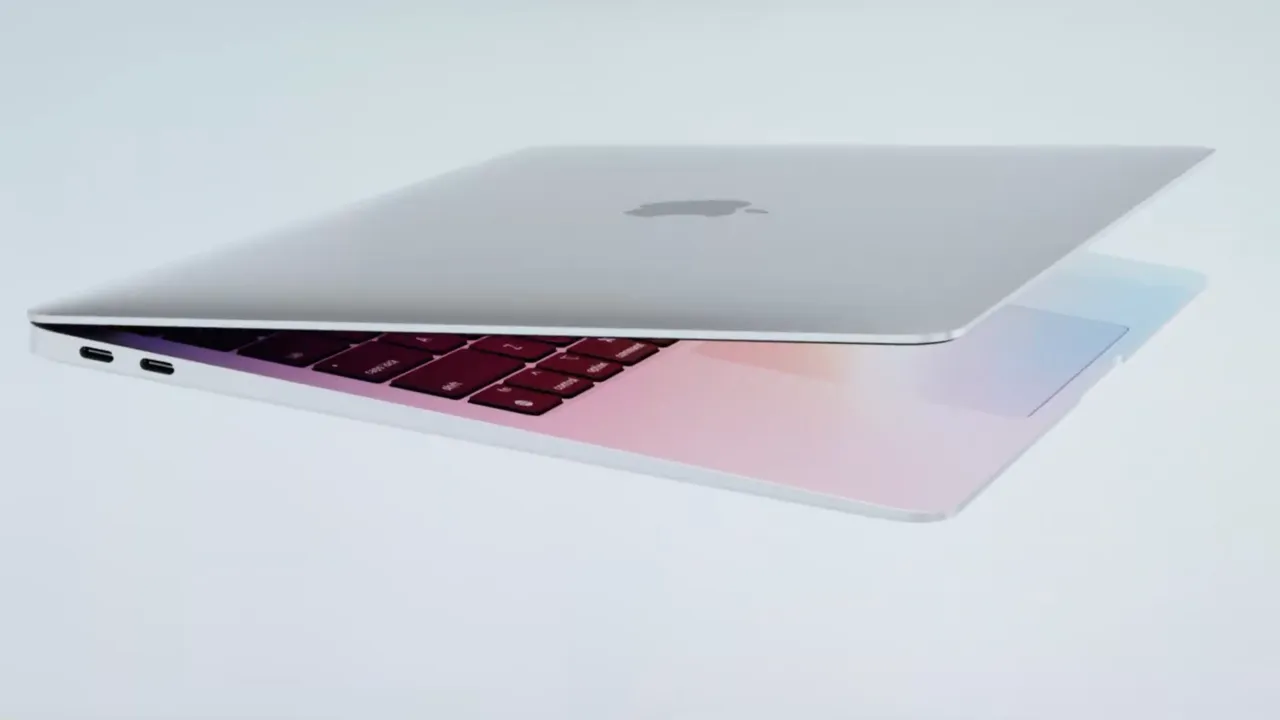Apple’s AirPods Pro 2 hit the market over two years ago and still lead the pack in wireless earbuds. But with the AirPods Pro 3 set to drop in 2025, many wonder if waiting for the next version is the smart move. The AirPods Pro 2 shine with great sound and noise-blocking skills for their tiny size. Apple keeps them fresh with updates, too.
When iOS 17 came out in 2023, they got cool tricks like Adaptive Audio, mute buttons, and quick device switching. Then, iOS 18, launched last year, added head-shake controls for Siri, better voice clarity by cutting background noise, and a gaming-focused sound feature. Late last year, iOS 18.1 and 18.2 brought a big win: hearing aid support for people with mild to moderate hearing loss, approved by the FDA.
What’s New for AirPods Pro 3 in 2025?
The AirPods Pro 3 will likely keep all these goodies and add more. Rumors point to a new look for the earbuds and their case—different from the style we’ve seen since the first AirPods Pro. Inside, Apple might boost the sound with a faster chip, a trend with every new model. Word is they’ll also improve noise cancellation, making it even better than the AirPods Pro 2.
Health features are a big deal too. Reports say Apple’s working on heart rate tracking, like what’s in the Powerbeats Pro 2, which syncs with gym gear to show your pulse on your iPhone. The AirPods Pro 3 could do this too, maybe even while playing tunes. There’s talk of a body temperature sensor in the ear canal, but it might not be ready for 2025.
Looking ahead, some predict cameras in AirPods by 2026 for better sound with Apple’s Vision Pro headset or future AI tricks. That’s probably not happening this year, though.
Release Clues
In February, Bloomberg’s Mark Gurman said the AirPods Pro 3 are coming in 2025, still months off. One tipster guessed May or June, but their last “soon” prediction flopped, so take it lightly.
Should You Wait?
With the AirPods Pro 3 possibly arriving by late 2025, it’s a tough call. The new AirPods 4 offer some Pro perks for $179, but if you want the latest tech—like better hearing aid features—and don’t mind waiting, the AirPods Pro 3 at $249 could be your pick. For now, they sound like the top choice for Apple fans craving next-level earbuds.
